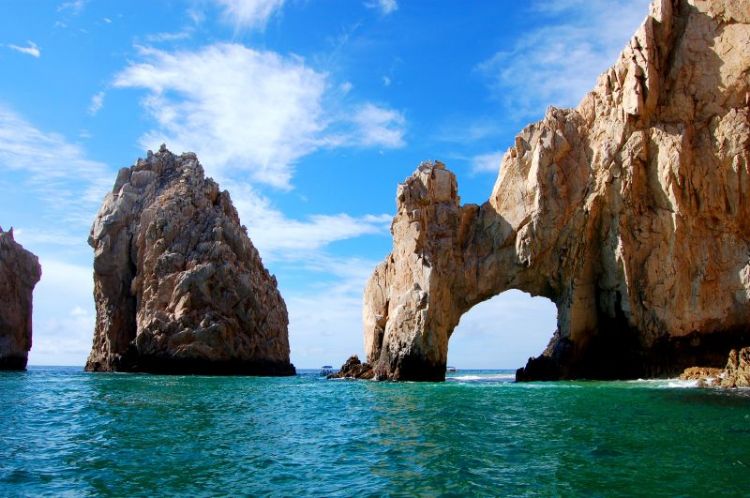
About Playa del Carmen
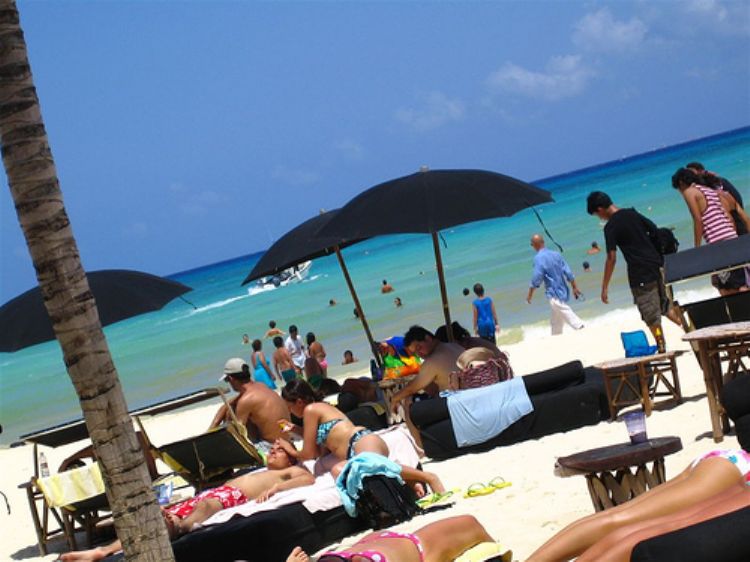
Playa del Carmen, is a young city, head of the Solidaridad county located 45 minutes from the Cancun airport (southeast Mexico in the state of Quintana Roo); and is part of what has been labeled Riviera Maya (Cancun "â Tulum). The ancient Mayans were called Xaman-Ha which in their language means ¨water from the north.¨ it has become one of the cities with the fastest growth and tourist influence, and it's known mainly for its paradise like beaches with white sands and turquoise waters, and all the fun sports that take place in this area.
The actual territory of the county to which it is a part of, belongs to the Ekab, formed from 5 territories: Tulum, Coba, Xamanha, and Tacna y Pole. It is believed that the city, in pre-Hispanic times, was a parting point to the Mayas in their journey to the sanctuary of Ixchel in Cozumel.
With the arrival of the Spanish in Mexico, it is registered that Francisco de Montejo was the one that conquered this region in 1526, founding the Salamanca Villa where Xel-Ha is currently found. One year later, a lieutenant of Montejo, Alonso Davila, established a camp in Xaman-Ha which is described as a fisherman's villa. This said the area remained poorly populated during the colonization period.
The real growth of Playa del Carmen started at the beginning of the XX century, when the inhabitants from other regions of Mexico, mainly the peninsula of Yucatan, due to the insecurity generated by the castes battles, began to migrate to this region seeking better opportunities. The first activity that attracted this migration was the exploitation of gum and wood. Later, it is believed that many of these workers decided to become independent and began to work as fishermen. It is this way that the population in Playa del Carmen began to consolidate.
The rapid growth and major economic activity this city had in the following years (especially in the 70´s), was always considered as part of Cozumel, and it wasn't until 1993 that by the Supreme Decree the county of Solidaridad was created (as part of the state of Quintana Roo) to which Playa del Carmen is named head. Once it was considered a city, it had its first political leader, Esteban Quiam Lopez, who was one of the first to promote its development, streets and business openings. This encouraged the people of playa to name him as the ¨founder¨.
In the last two decades, the development of Playa, as it is known worldwide, has changed its focus, changing to a city whose economy is based on the tourist industry, taking advantage of its majestic beaches and its tropical vegetation, that are creating the necessary infrastructure to make this one of the main tourist spots in Mexico and Latin America.
Playa currently has 60,000 permanent inhabitants, which represent 50% of the total county population (according to the II Conteo de Población y Vivienda in 2005). The male female ratio is equal, and as it has been mentioned, close to 75% of its economically active population is employed in the tourist and commerce field. The county of Solidaridad has about 4,240 squared kilometers (8% of the state) and its population density represents one of the fastest growing in the whole country.
The activity in the city of Playa del Carmen is concentrated mainly around 5th Avenue, on which most nigh clubs, restaurants and stores are located. Currently the area named Playacar is developing rapidly, with the objective to keep increasing the number of hotel rooms. There are currently more than 23,500 guestrooms able to lodge more than 2 million people in the year, that come to visit the young fascinating city of the Mexican Caribbean
Sources:
Enciclopedia Virtual de los Municipios de México, http://www.e-local.gob.mx
Turista Quintana Roo, http://www.quintanaroo.turista.com.mx
http://www.pdelcarmen.com
Articles Releated with Playa del Carmen

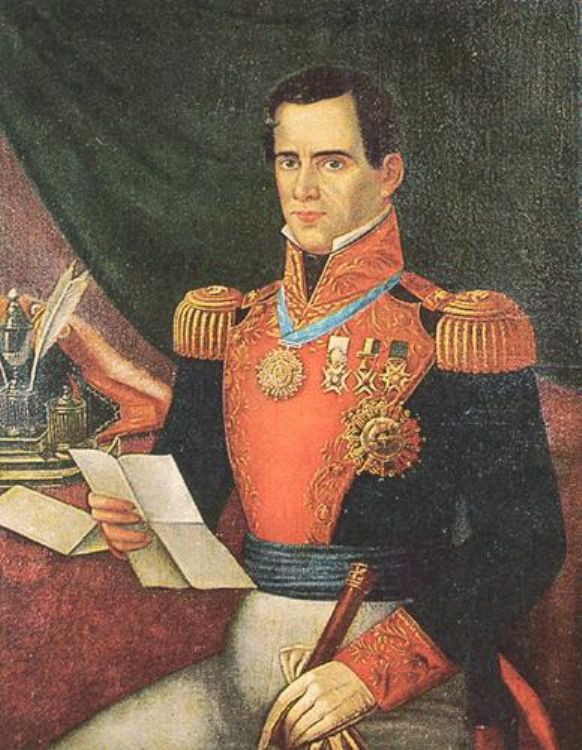
Antonio López de Santa Anna, History of Mexico
The figure of Antonio Lopez de Santa Anna has been very c...
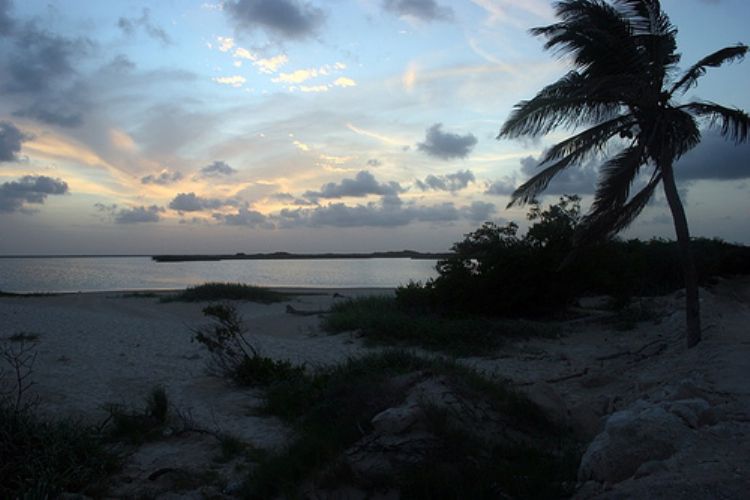
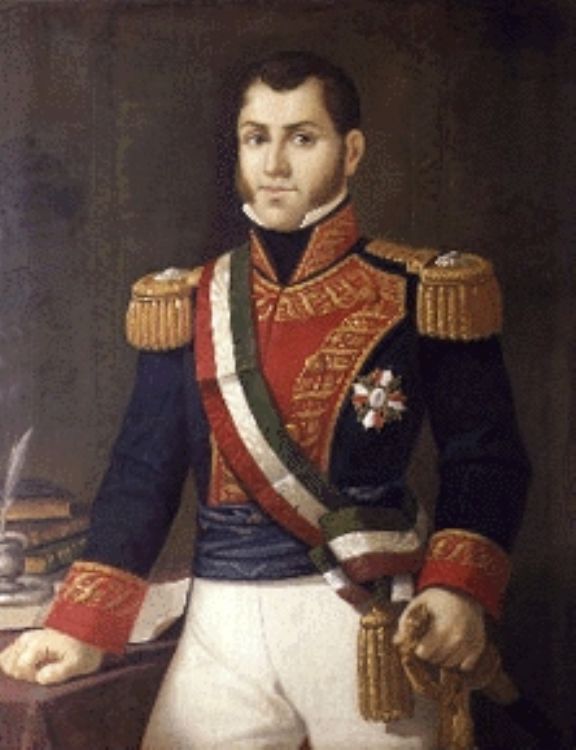
Mexico's Presidents in the 19th Century
After Mexicoâs Independence, the country was in a const...
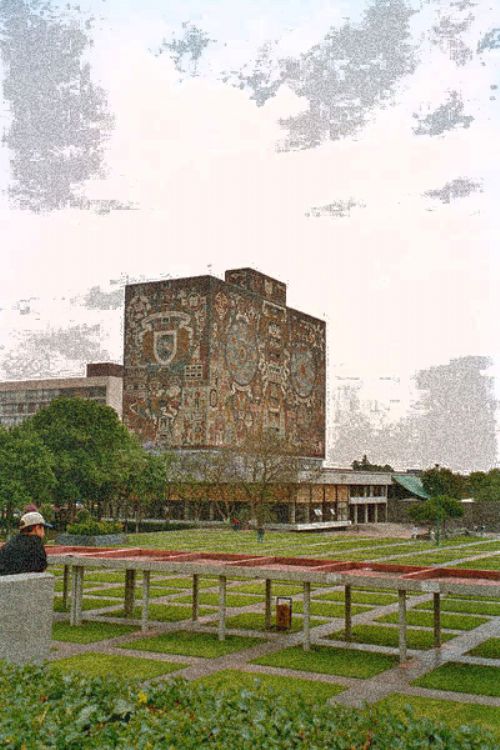
Mexico's World Cultural Heritage Sites III, sites declared since 2003
The latest additions of UNESCO show a concern for preserv...
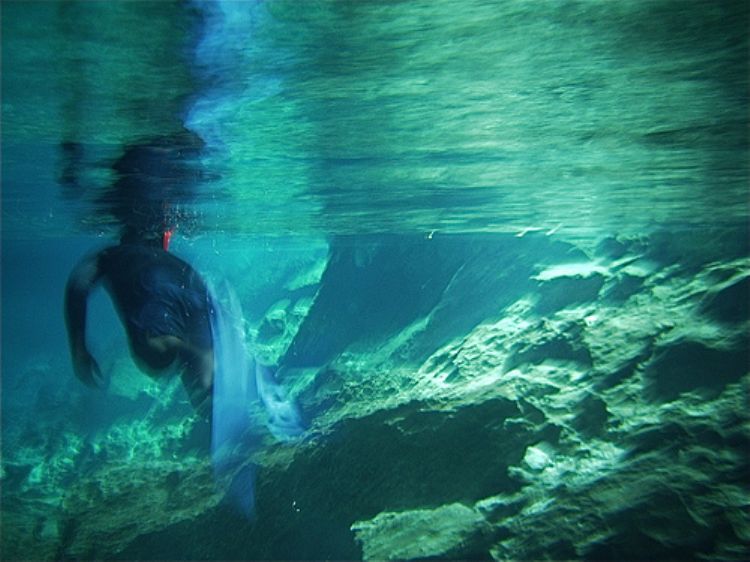
Most Viewed

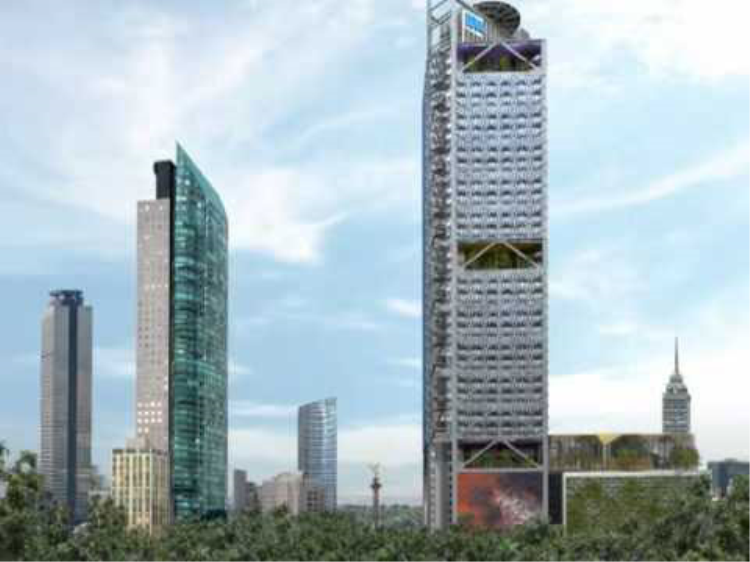
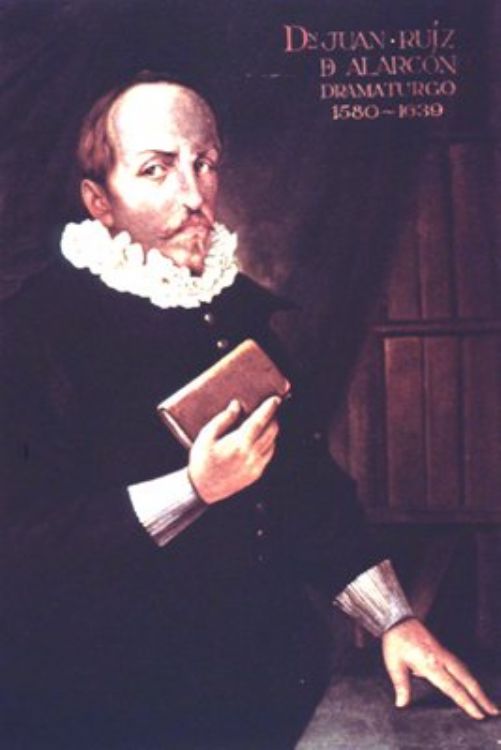
Juan Ruiz de Alarcón, Mexican Writer
This Mexican writer and playwright is the greatest figure...
